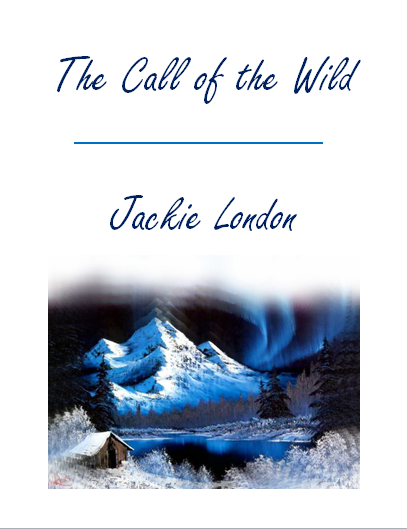Yesterday, YA author Maureen Johnson proposed a challenge to her followers on Twitter: redesign the book cover of a well-known book as if it was written by someone of the opposite gender of the author or a gender-queer person. I, and hundreds of other people, participated in this call.
Johnson reflected on the event today on the Huffington Post Blog page. She described the birth of the premise, the issues behind book covers and author genders, and what we can do to change those problems. One of the problems she cited was that women writers and their literature are not taken seriously. When critics review these works, they describe the books as " 'light,' 'fluffy,' 'breezy,' or 'beach read.' " This is despite the actual quality of the work.
 |
| My Pride and Prejudice cover flip. |
Think of J.K. Rowling. When Rowling's series finally got accepted at a publishing company, she was pushed to publish under the name J.K. Rowling rather than Joanne Rowling because the book would appeal to more boys if the author was gender-less (or, let's face it, masculine, because you're going to assume male when you don't know). The American book covers are relatively boyish. The colors are bold and the covers are typically devoid of colors society defines as feminine (ie pink, purple, yellow). (There is some purple on the Goblet of Fire cover, but it's minimal.) As a book about a young boy, Harry Potter and the Sorcerer's Stone was marketed towards boys.
The fandom eventually gained female readers (exhibit a: me) but I would argue that most young adult novel readers (that is, young adult readers who read young adult books as opposed to young adult readers who read adult books) tend to be female. This could also be because (in my experience), young adult books tend to be written by women and therefore have more female leads than male leads, thus making the plots more accessible to female readers.
Whether this is what causes the more feminine covers, I'll leave to the statisticians. I will say, however, that when looking through the "cover flip" tag on Tumblr and viewing the slideshow on the blog post from Johnson, I noticed that the covers of books written by men (and presumably written for boys and men) tended to have a more abstract design than the books written by women (presumably for girls and women). My evolutionary psychology mind switched into gear and I wondered why this might be.
My first thought (which is probably wrong, but I'll throw it out for consideration anyway) is that women tend to be more interested in relationships (be it romantic, platonic, familial) -- and therefore people -- than men. Following this logic, it then makes sense that books for women would have covers that feature people more than books for men. I'm open to other theories, and I'll probably have more as the day goes on, but that is what I'm offering you to chew on for now.
 |
| My cover flip of The Call of the Wild |
I hope, however, that you do a cover flip yourself. Pick your favorite book and imagine someone with the opposite gender of the actual author wrote it. What might the cover look like? Design one, upload it to Photobucket or wherever you like to keep your photos, and link to it in the comments.
And in the meantime, be thinking about what if the same were true of films. How would films be marketed? What if the cast of The Avengers was gender swapped? (I recognize, as per Rule #63 of the Internet, that there is plenty of fan art out there which does this; but what if mainstream artists did this?) That sounds like the kind of world I'd like to live in.
It's my understanding that some book covers are composed of stock images and some get special photo shoots. I'm not sure how it's determined, but I'm guessing the difference has something to do with marketing and projected sales of the books. It could also have to do with concept. This whole gendering books thing is nonsense because it's bad for the industry, authors, and the readers in so many ways. Another example: publishers and agents are always looking for books that will attract boys because there aren't as many boys who read. However, they are also reluctant to take on books that will attract boys because they likely won't sell as well. Oy.
ReplyDelete